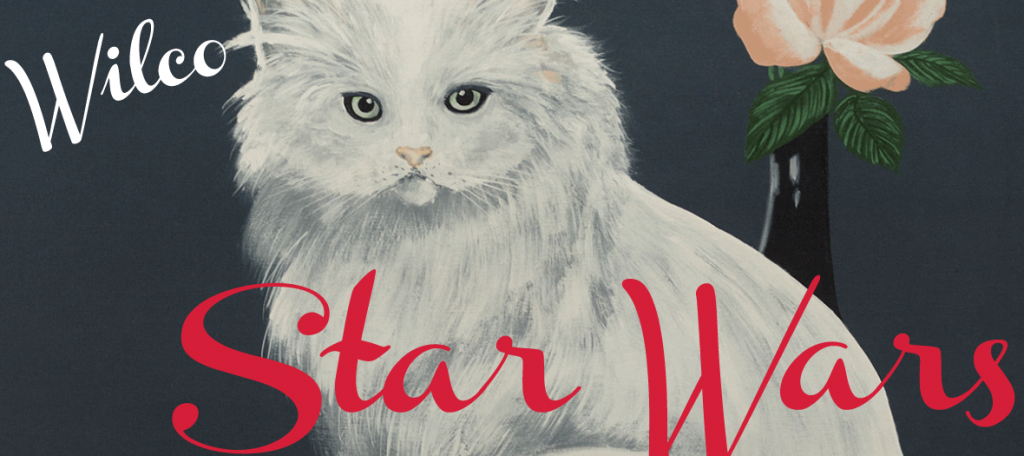Of all the various types of professional explainers out there, none may come across as more clueless than the television news reporter faced with a minority youth culture and trying to account for its existence—one he or she had previously been unaware of. Every description gets reduced to the broadest of judgements, easy stereotypes fill in for appreciation. The larger the media outlet, the more these tendencies seem to manifest; in fact a string of such sensualized reportage put together seems to constitute both the rise and the fall of a corporate news career.
All of the above should prepare you for what you are about to see in ABC’s 20/20 special “Rappin’ to the Beat” from 1981. Investigative reporter Steve Fox journeys into the world of rap music, a form—his condescending co-anchor tells us in a back-handed remark—“so compelling, you’ll never miss the fact there’s no melody.” “It’s a music that is all beat,” he says, “strong beat, and talk.” With the tone established, enter Fox to tell us that Blondie’s “Rapture” is the main reason rap caught on. It only gets worse. I suppose you could blame Debbie Harry, but she didn’t ask to be the first voice of rap we hear in a 20/20 special. That decision was the special purview of “Rappin’ to the Beat”’s producers.
But like all archival film and video of emerging creative movements, these clips redeem themselves with footage of the scene’s pioneers, including a performance from a 22-year-old Kurtis Blow and some early breakdancing—or, as one NYC Transit cop calls it, a riot. The second part, above, gives us some insightful commentary from NYC radio DJ Pablo Guzman, folklorist John Szwed (who wrote the definitive biography of Sun Ra), and syndicated rock columnist Lisa Robinson, who reminds us of how “very black and very urban” rap is, then goes on to say, “people hated rock and roll 15 years ago.”
It’s certainly true that 15 years or so after this clumsy attempt at capturing the moment, rap and hip-hop became ubiquitous—at a time when punk rock also hit the suburbs. Punk also had its 20/20 moment in the late 70s (above); it symbolized, the announcer tells us, “the dreadful possibility of riot which has always seemed to cling to rock and roll.” Metal got the Geraldo treatment in “Heavy Metal Moms”—the examples abound. Which of them is more banal, condescending, or just painfully awkward is impossible to say, but they make fascinating windows onto the media’s consistently weirded-out response to outsiders they can’t ignore. As a counterpoint, check out the way Fred Rogers welcomed to his show a 12-year-old breakdancer or a couple of experimental electronic musicians, making no effort to be cool, knowledgeable, or detached, only kind and curious. It’s just my opinion, but I always thought TV news needed more Mr. Rogers and less.… whatever the journalistic approach in “Rappin’ to the Beat” is supposed to be.
via Mental Floss
Related Content:
The “Amen Break”: The Most Famous 6‑Second Drum Loop & How It Spawned a Sampling Revolution
Mr. Rogers Takes Breakdancing Lessons from a 12-Year-Old (1985)
Josh Jones is a writer and musician based in Durham, NC. Follow him at @jdmagness.


